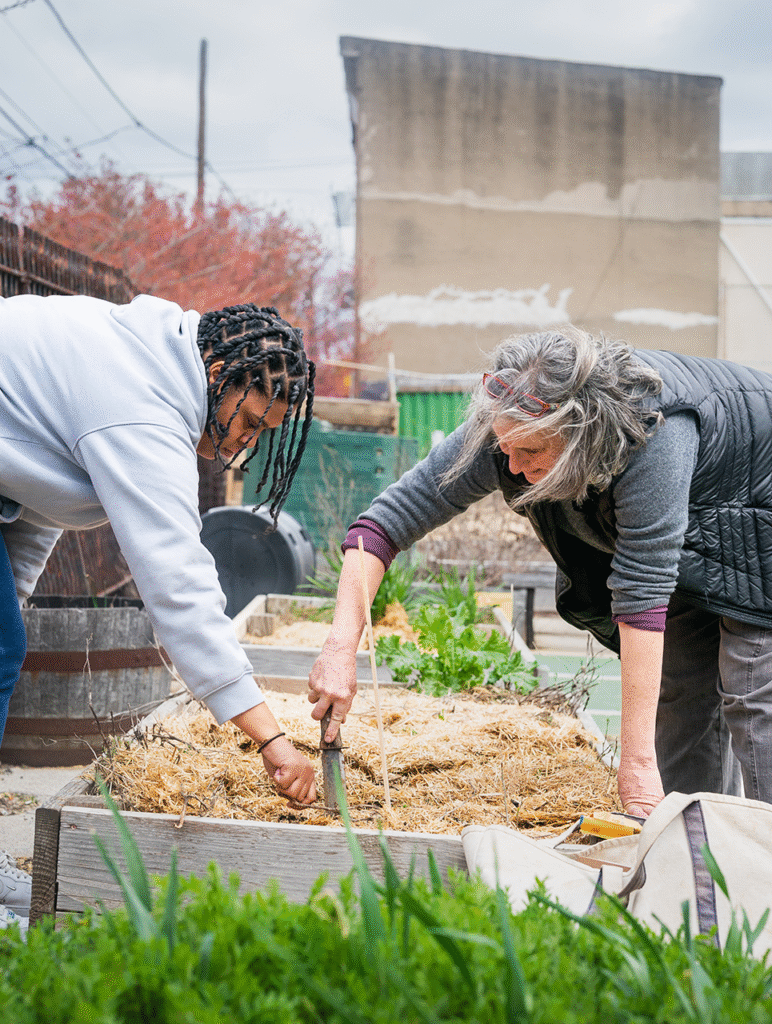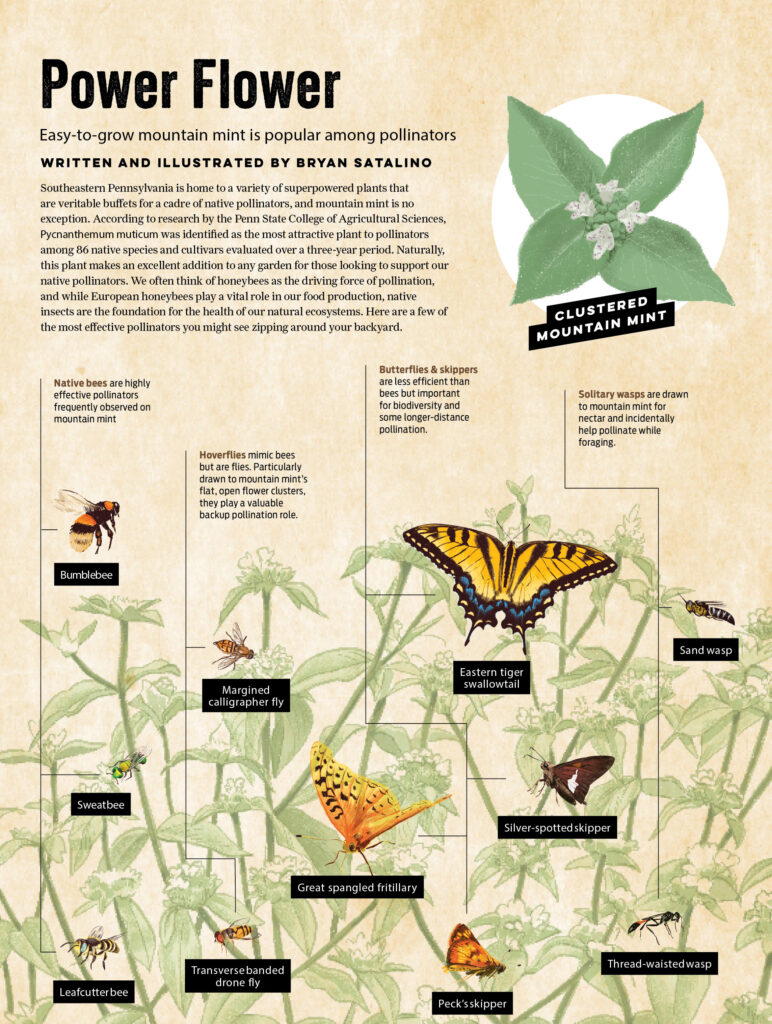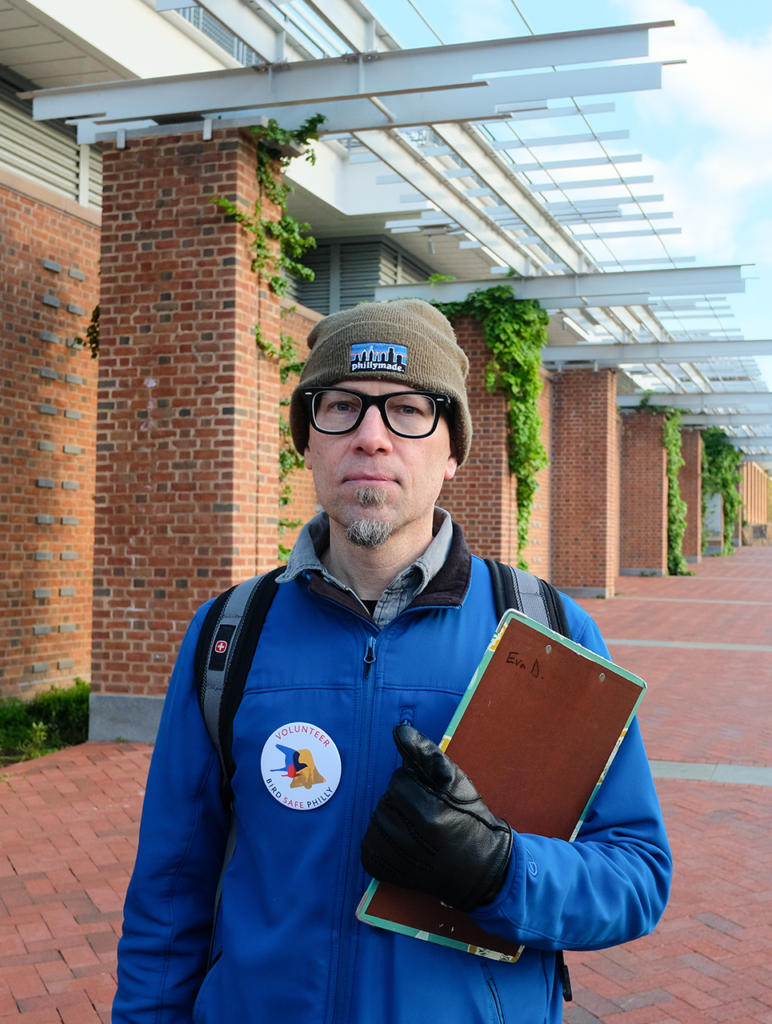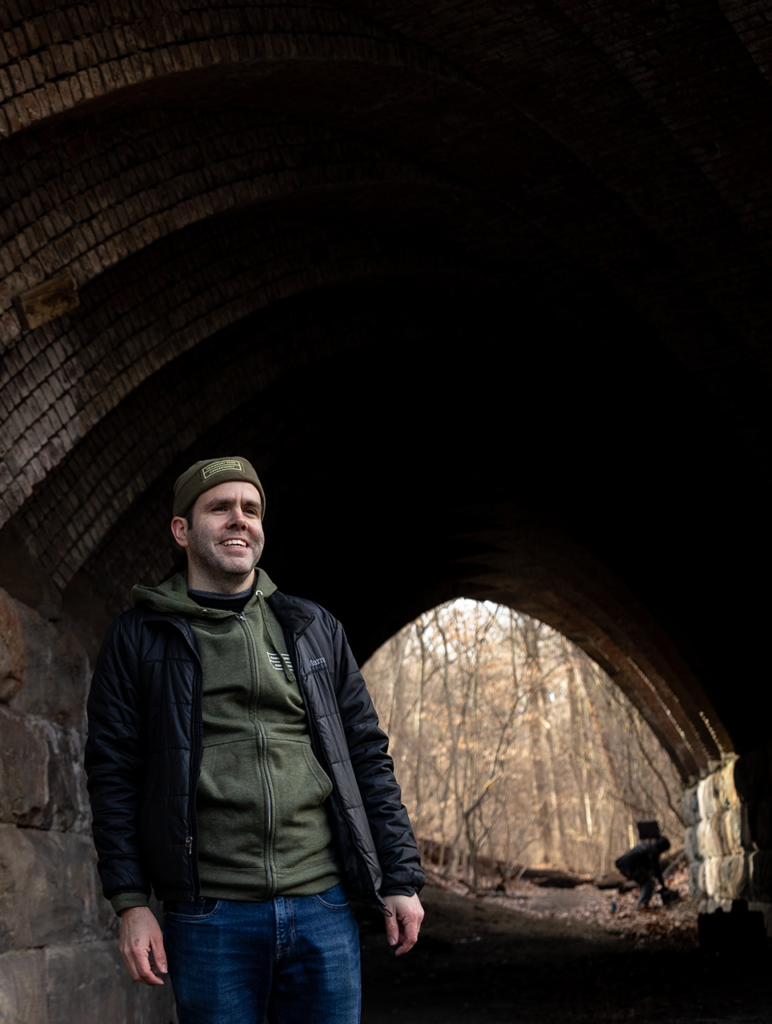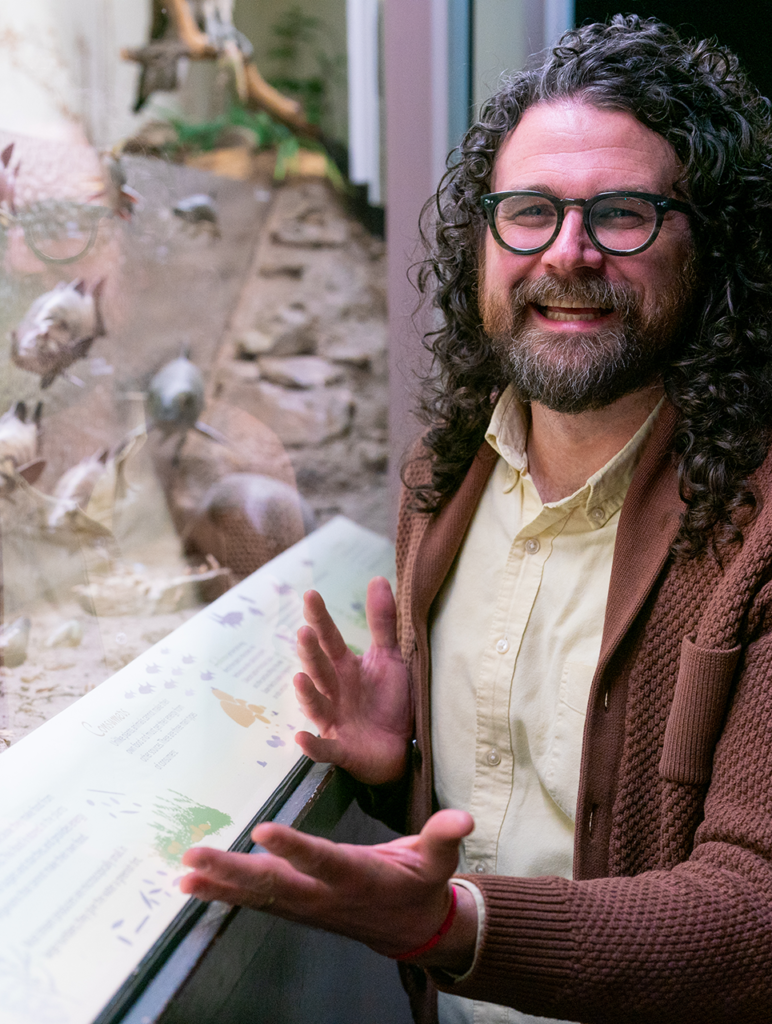In 2022, the Pennsylvania State Board of Education adopted new environmental literacy and sustainability standards. This is surely important — that all students in Pennsylvania learn about how to protect the environment and live sustainably — but how do we get them to take that education to heart? All the nature lovers out there know
MoreEvery Wednesday morning during spring and fall migration seasons, Peter DeStefano walks the brick sidewalks of Independence Mall in Old City in search of birds — dead ones. A volunteer for Bird Safe Philly, DeStefano combs the areas where, because of an abundance of large windows, migrating birds are most likely to meet their demise.
MoreBeginning by the Chamounix Mansion, The Fairmount Park Trolley Trail passes through acres of lush forest. It curves and slopes past trees that are home to birds and squirrels, trees whose trunks sprout mushrooms closer to the forest floor. After a 15-minute walk, visitors arrive at the Skew Arch Bridge, the trail’s most popular feature.
MoreThe attendees came out for the living birds at the September 22 “Little Sit” held by the In Color Birding Club, the Feminist Bird Club, Philly Queer Birders, Disability Pride Pennsylvania and the Pennsylvania Center for Adapted Sports, but John Eskate showed up with dead birds in his bag. Eskate, the volunteer and civic engagement
MoreTwelve million federal dollars granted to Philadelphia’s tree canopy expansion efforts are caught in the Trump administration’s federal funding freeze, officials said at a City Council hearing on Wednesday, March 5. Philadelphia Parks & Recreation (PPR) Commissioner Susan Slawson told Councilmember Jamie Gauthier that the department does not have access to the funds. PPR declined
MoreThere aren’t as many American bumble bees (Bombus pensylvanicus) as there used to be in the state the insect is named after. The big black and yellow bees are in decline, with the International Union for Conservation of Nature rating the species as vulnerable. Although the American bumble bee might need protection in Pennsylvania, there
MorePhiladelphia is facing a silent crisis: the rapid loss of its urban tree canopy. Over the past decade, we’ve lost at least 7% of our trees—shade-giving, air-cleaning, life-enhancing sentinels that shape the character of our city. The benefits of trees are indisputable. They cool our neighborhoods, lowering summertime heat indexes by as much as 22
MoreIn 2003 former Tuskegee Airman and pioneering Black journalist Chuck Stone wrote “Squizzy the Black Squirrel,” about a Philadelphia boy who bonds with a black squirrel in Fairmount Park. Squizzy was the only black squirrel the boy had ever seen in the park, but visitors today still spot them gathering acorns and running up trees.
MoreNearly two years after the launch of the Philly Tree Plan, the City’s ambitious effort to reverse decades of urban canopy loss is still in its infancy. A $12 million U.S. Department of Agriculture (USDA) grant represents a significant step forward, but community advocates and public health leaders worry that progress isn’t moving quickly enough.
MorePHILADELPHIA — Even though the Phillies fell far short of their goal to win the World Series in 2024, their home runs are impacting the city in a very green way. Home Runs for Trees, a 13-years-and-counting partnership between Asplundh, the Phillies organization and the Pennsylvania Horticultural Society (PHS), plants one tree in the Greater
More

